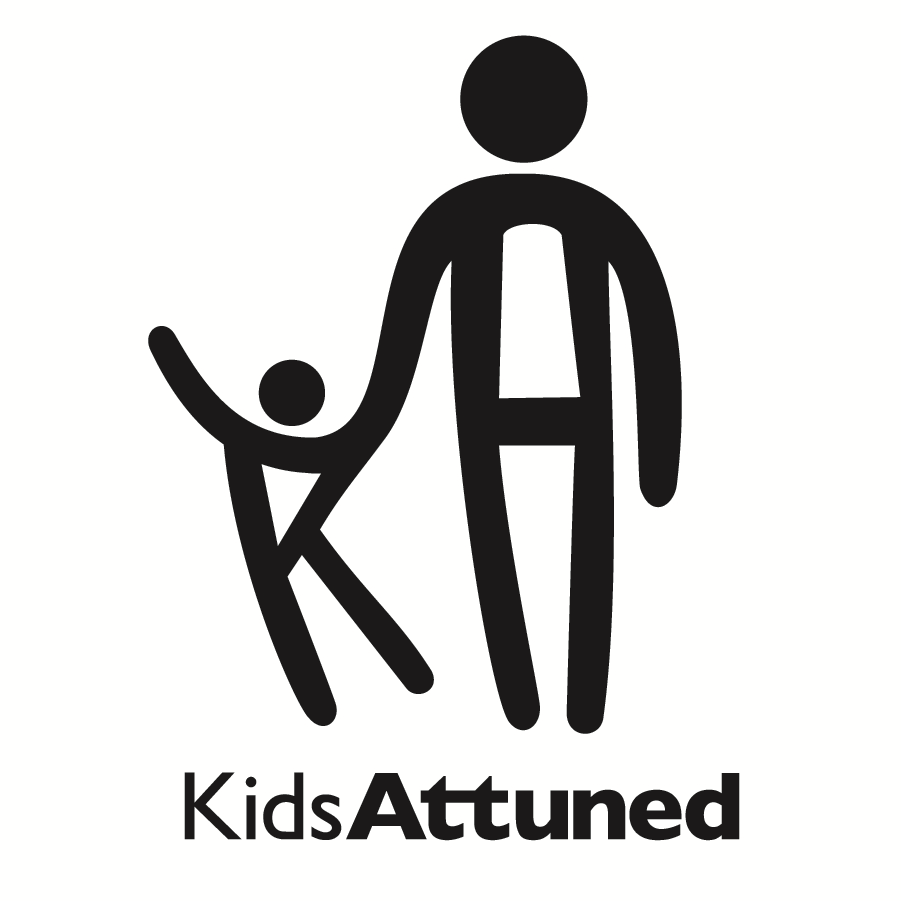Avoiding the “Good Job!” Habit
“Good job!” is a phrase used frequently during treatment sessions with autistic children.
What message does a child receive from hearing, “Good Job!”? We hope they hear our interest, encouragement and approval. However, when “Good Job!” becomes a habit, is it still successful in conveying this meaning?
Or, does it simply signal that the adult is in control, with specific goals in mind and is directing the child
towards those behaviors, regardless of the child’s intention? Can frequent “Good Job!” responses
undermine a child’s initiative, creativity and broader learning? Does it interfere with a more robust
engagement?
Use of “Good Job!” in a behavioral approach vs. a developmental approach
In a behavioral style of teaching, a child is given instructions, and is then provided with a verbal reward
such as ‘Good Job!” for following a specific command. The adult is clearly the authority and directs the
child’s learning. A behavioral approach is based on the idea that a child with special needs requires
specific adult direction and rewards in order to learn.
By contrast, in a developmental framework, an adult seeks to form a warm and trusting relationship
with a child and encourages rather than directs a child’s learning. In this approach, the adult places a
high value on each child’s individual interests and preferences. Learning takes place through play and
semi-structured activities, with a goal of not only accomplishing specific learning objectives, but also
advancing developmental capacities for two-way communication and reflective thinking.
In the developmental approach there is a natural flow of communication which transforms as a child
reaches higher developmental capacities. Children are encouraged to introduce their own ideas,
consider others’ perspectives and form opinions. A developmental framework is based on the premise
that each child possesses a natural desire to explore, learn and master new skills, including children with
autism. In this approach, a “Good Job!” declaration is largely irrelevant and moreover interferes with a
dynamic multi-layered social interaction.
Is direct teaching necessary?
Moments of direct instruction may be useful to teach a specific skill, but this is only required for a small
fraction of any child’s day. This teaching will be successful if done in the context of an established warm
rapport between adult and child, and when the child already has a strong capacity for shared attention,
reciprocity and intentionality. Then, a series of affective exchanges, culminating in a genuine and
confirmatory, “Yes! You did it!” or “You’re right!” can provide valuable feedback, recognize their
success, and reflect their pride in accomplishment.
Is there any harm in saying, “Good Job!”?
Alfie Kohn, in his landmark book, Punished by Rewards*, documents extensive research showing the
unintended negative consequences of the use of praise and rewards to influence behavior. Building on
those findings, here are 10 reasons to avoid the “Good Job!” habit, and 12 alternatives to enrich your
interactions.
* Kohn, Alfie. (1993/1999/2018). Punished by rewards: The trouble with gold stars, incentive plans, A’s,
praise, and other bribes. Boston, MA: Houghton Mifflin.

10 reasons NOT to say: “Good Job!”
1. “Good Job!” has limited emotional meaning and constricts the complexity of interaction
possible. A child may tune out “Good job!” as no more than background noise or may be
bothered or confused and turn away.
2. “Good job!” places judgement on specific actions and discourages a child’s initiative, creativity
and experimentation.
3. “Good Job!” values an action, whether purposeful or not, so that the child does not have time to
evaluate their act and its outcome for themselves, and form concepts that can be applied more
generally.
4. “Good Job!” creates a relationship of dominance and control, rather than a relationship with
shared pleasure, reciprocity, a natural flow of communication and co-regulation. A child may
feel resentful when their interests, choices and feelings are ignored.
5. A child may wait passively for instructions and then rush to completion in anticipation of “Good
Job!” and other rewards. Later in life, they may be vulnerable to coercion.
6. After hearing “Good Job!” a child may repeat the praised actions rather than planning and
challenging themselves in a new effort, thus missing the potential of feeling pride in
accomplishing their own, more difficult goal.
7. “Good Job!” given after obedience that ends a challenging behavior may not address the
underlying reason for a child’s distress. Without deeper understanding and resolution, the
original problem will likely emerge in another undesirable behavior.
8. Some children learn to manipulate interactions to gain more frequent responses of “Good Job!”
or alternatively learn to purposefully frustrate or deceive the adult.
9. When an adult directs actions punctuated with “Good Job!”, a child fails to develop the capacity
for collaborative shared problem solving, understanding perspective of others, and considering
others’ experiences with empathy.
10. With constant directives, a child may fail to develop a true sense of their own identity, wishes,
interests and needs. As an adult, they may then lack the capacity to advocate for themselves.

12 things to say (and do) instead of saying “Good job!”
1. Don’t say anything! Join a child’s play with your actions, expanding their activity by building on
their interests.
2. Offer a range of different emotional expressions and gestures that clarify and deepen meaning
for the child and create a shared affective experience: surprise (Oh!), frustration (Ugh!; Grr!),
disappointment (Ah!), delight (Ha!), sadness (Umm), confusion (Hm?), concern (Aye..), disgust
(Eww. Uck!) etc.
3. Give informational comments and observations: “You are making it so tall!” “It keeps falling
over- ah!” “You hit it so hard that the ball went over the fence!” “Oh! That little ball got stuck.”
“You are working really hard to make that stand up.”
4. Use sounds and gestures to encourage a child to sustain focus and effort, “Push!!” “You can do
it!” or to calm and overly excited child: deep breath and a calming, “Whoa. That was fun!”
5. Help define the meaning of actions: “I see you are sitting.. that tells me that you are ready.”
“You’re looking at the ball, does that mean you want to play catch?”
6. Notice patterns: “The red king always gets the prize!” “Each time I win, you want to change the
rules.”
7. Ask questions using gestures and words: Where? What? When? Who? Now or later? Which
one? How far? How fast? How many? The big one or the little one? Is that what you wanted? Is
that what you expected? Do you remember…?
8. Offer your own ideas, perspective, opinions and feelings: “I think..” “I like..” “I don’t want..”
“That makes me…” “I’m worried that..” “How about if we..?”
9. Offer help: “The blue one you need is over there.” “Do you want help to go faster?” “You can
ask for help to open it if you want.”
10. Explain problems, solicit ideas and give choices, “You both want the same one. I wonder what
would make it fair?” “Should we try x or y?”
11. Give surprise, non-contingent praise: “It was fun playing with you.” “You have good ideas!”
12. Express genuine thanks and appreciation: “Thanks for helping to clean up”; “Thank you for
waiting for me.”
By avoiding the “Good Job!” habit and engaging in a richer interaction, a child will expand their
capacities for thinking and communicating at more complex levels and an adult and child will enjoy a
mutually rewarding relationship.
Enter the text or HTML code here

